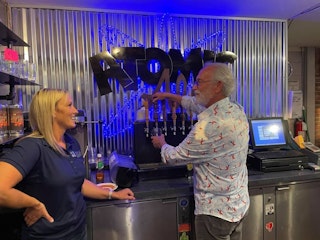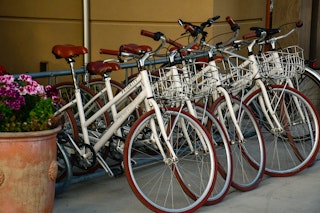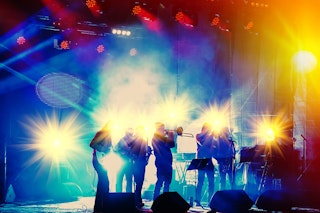Building the Secret City
Explore how a government-built community rose from the ground to support a top-secret mission.
At the height of World War II, the U.S. government needed a place to house the workers and scientists who would support the Hanford Site, a facility that didn’t officially exist, producing materials for a weapon the public knew nothing about.
That place became Richland, transformed virtually overnight into a planned, government-owned city engineered for secrecy, efficiency, and speed. Streets were laid out. Parks were planted. Schools, churches, and utility systems were built. And thousands of nearly identical homes, known today as Alphabet Houses, rose from the ground in uniform rows, each stamped with a single letter to designate its floorplan.
Richland wasn’t just a place to live, it was an extension of the Manhattan Project itself. Every house, park, and public building was part of a machine working in service to the war. From the moment you entered city limits, the mission shaped every part of daily life.
Today, remnants of that unique experiment in civic design are still everywhere. Whether you’re walking through Richland’s neighborhoods, visiting its historic civic core, or standing in a park that was once mapped by the War Department, you’re standing in the middle of one of America’s most fascinating WWII communities.
































